How to Use a Computerized Sewing Machine: Step-by-Step Guide
You’ve just acquired a computerized sewing machine with a needle and reverse stitch, and you’re eager to unlock its full potential. In today’s fast-paced world, these machines revolutionize the art of sewing, providing efficiency, precision, and a way to use reverse stitches.
Whether you’re a beginner or an experienced seamstress, mastering the needle, reverse stitch, and bit can elevate your craft to new heights.
Computerized sewing machines offer an array of features including needle, video, and button that can seem overwhelming at first glance. However, understanding the basics and needle will set you on the path to seamless stitching.
From selecting stitches with the touch of a button to utilizing built-in embroidery designs, there’s no limit to what you can create once you grasp the fundamentals of needlework.
Introduction of How to Use a Computerized Sewing Machine
Unboxing Your Computerized Sewing Machine
Checking the Contents
When unboxing your computerized sewing machine, it’s crucial to check that the needle and all the parts are included. This ensures you have everything necessary for operation.
Look for components like the foot pedal, power cord, presser feet, needle, and any accessories mentioned in the manual. If anything is missing, contact the manufacturer or retailer immediately.
It’s important to remove any packaging materials and protective coverings from your new sewing machine. These can obstruct moving parts or obscure essential features.
Once removed, take a moment to inspect each part for any signs of damage that may have occurred during shipping.
Familiarizing Yourself
As you unpack your computerized sewing machine, take time to familiarize yourself with its different components and accessories.
Read through the user manual carefully to understand each part’s function and how they work together. Explore any specialized functions like quilting or embroidery that your machine may offer.
In today’s world of advanced technology, sewing machines have evolved significantly from their humble origins 200 years ago when they were manually operated devices with basic stitching capabilities. Today’s computerized models boast built-in computers and small monitor displays for easier operation.
Computerized sewing machines are designed around a simple stitching system: a needle passes a loop of thread through the fabric where it winds around another length of thread a process that remains at the heart of these modern marvels but has been enhanced by cutting-edge features such as automatic threading, precise stitch selection, and programmable patterns.
Setting Up Your Machine for First Use
Finding the Perfect Location
When setting up your computerized sewing machine for the first time, it’s crucial to find a suitable location. Look for a stable surface with ample lighting.
This will ensure that you can work comfortably and see your projects. A sturdy table or desk is ideal for providing the necessary support while you work on your sewing projects.
To illustrate, imagine setting up your computerized sewing machine on a wobbly surface it would be challenging to focus on creating intricate designs or patterns without stability. Similarly, inadequate lighting could strain your eyes and make it difficult to sew accurately.
Powering Up and Adjusting Settings
Once you’ve found the perfect spot, plug in your sewing machine and turn it on. It’s an exciting moment as you power up this modern marvel of technology!
As soon as the machine springs to life, take some time to adjust its settings according to your preferences. You can select the language that suits you best, set the date and time, and customize any other initial settings available.
For instance, think about how convenient it is that modern computerized sewing machines allow you to choose from multiple languages right at setup making sure everyone feels comfortable using their device regardless of their preferred language!
Exploring the Features of Computerized Sewing Machines
Understanding Buttons, Dials, and Screens
When using a computerized sewing machine, it’s crucial to familiarize yourself with the various buttons, dials, and screens. These components are essential for controlling different functions and settings on your machine. For example, you can adjust stitch length or width using the dials or select specific stitches using the buttons.
Modern computerized sewing machines often feature LCD screens that display stitch options and settings. This allows you to easily navigate through various stitch patterns and make selections based on your project requirements.
By understanding how to utilize these screens effectively, you can take full advantage of the diverse stitching capabilities offered by your machine.
Moreover, some advanced models come with touchscreens that offer intuitive navigation through different features and settings.
These touchscreens provide a user-friendly interface for customizing stitching options without needing to fumble with multiple buttons or dials.
Special Features Unique to Your Model
As you delve into learning about your computerized sewing machine, it’s important to take note of any special features unique to your specific model. For instance, some machines may have automatic needle threading capabilities which simplify the threading process significantly. This feature is especially beneficial if threading needles manually poses challenges for you.
Furthermore, sewing machines equipped with automatic thread cutters offer added convenience by snipping threads at the end of each seam automatically. This not only saves time but also ensures neat finishes for every project.
In addition, modern computerized sewing machines boast programmable stitch patterns that enable users to create intricate designs effortlessly. With an LCD screen for easy customization of these patterns according to individual preferences, you can experiment with various decorative stitches without any hassle.
Threading the Machine and Bobbin Preparation
Following the Manual
When using a computerized sewing machine, it’s crucial to follow the step-by-step instructions in your machine’s manual to thread the upper thread correctly. The manual provides detailed guidance on how to pass the thread through various points, including the tension discs, take-up lever, and needle.
It is important to carefully study each step outlined in the manual and ensure that you understand how to properly thread your specific sewing machine model. This will help you avoid any issues with incorrect threading that could lead to stitching problems or damage to your machine.
Winding and Inserting Bobbins
To prepare a bobbin for use in your computerized sewing machine, start by winding it using the recommended thread and tension settings. Ensure that you wind the bobbin evenly and with adequate tension for optimal stitching results.
Once wound, insert the bobbin into its designated compartment according to the instructions provided in your manual.
Remember that utilizing an incorrectly wound or inserted bobbin can cause stitching irregularities or even damage your sewing machine. Therefore, always pay close attention when preparing bobbins for use.
Selecting Stitches and Adjusting Settings
Experiment with Stitch Options
When using a computerized sewing machine, experiment with the various stitch options available to you. These machines offer a wide range of stitches, from basic straight stitches to decorative ones like zigzag or scallops. Each stitch serves a different purpose, so understanding their uses can greatly enhance your sewing projects.
For instance, if you’re working on a garment that requires stretchy seams, utilizing a stretch stitch will ensure durability without compromising flexibility. Decorative stitches can add flair to quilting projects or embellish home decoration items like pillows or curtains.
Furthermore, by trying out different stitches on scrap fabric first, you can gauge how they look and perform before incorporating them into your actual project. This allows for adjustments and ensures that the chosen stitch complements your design flawlessly.
Adjust Length, Width, and Tension
In addition to selecting the right stitch type for your project, it’s essential to adjust the length, width, and tension as needed. For instance:
- When working on dense fabrics such as denim or canvas using thicker threads: increase both the length and width of the stitch.
- For delicate fabrics like chiffon or silk: decrease both settings for finer stitching.
- If you notice loose or tight thread loops while sewing: adjust the tension accordingly until achieving balanced stitches.
By customizing these settings based on your specific fabric and thread choices, you’ll produce professional-looking results regardless of the material at hand.
Explore Additional Settings
Modern computerized sewing machines often come equipped with additional settings such as speed control and reverse stitching capabilities.
The speed control feature allows you to set how fast or slow your machine sews, which is particularly useful when working on intricate details that require precision. On the other hand, the reverse stitching function enables securing seams at both ends by backstitching; this prevents unraveling over time.
Moreover, these advanced functions make tasks like creating buttonholes easier than ever before just select the appropriate setting based on your fabric weight, and let the machine do all the heavy lifting!
In 1851, Isaac Singer improved upon Howe’s design, patenting his own machine with innovative features including an adjustable arm a precursor to today’s adjustable presser foot, and mechanisms for controlling thread tension during sewing operations.
Remember, when adjusting settings: always refer back to threading instructions from earlier ensuring proper bobbin preparation remains crucial in achieving optimal results.
Also Read: Discover The Value: How Much Is My Sewing Machine Worth?
Practicing Basic Sewing Techniques
Starting with Simple Projects
When using a computerized sewing machine for the first time, start with simple projects or practice pieces. This will help you get comfortable with your machine’s basic functions.
For example, you can begin by sewing a straight line on a piece of scrap fabric to understand how the machine operates.
Once you feel more confident, consider creating small items like pillow covers or tote bags. These projects allow you to apply different techniques while keeping it manageable and not too overwhelming.
Trying Different Stitching Techniques
To become proficient in using your computerized sewing machine, it’s crucial to practice various stitching techniques. Start by practicing straight stitching, which is fundamental for many sewing projects. You can sew straight lines along the edges of the fabric or create simple seams to familiarize yourself with this essential skill.
After mastering straight stitching, experiment with zigzag stitching. Zigzag stitches are versatile and commonly used for finishing raw edges, appliqué work, and decorative embellishments.
Challenge yourself by practicing sewing curves or corners. This will help you develop precision when maneuvering the fabric as well as understanding how your machine handles different shapes and angles.
See Also: How To Change A Sewing Machine Needle
Exploring Different Presser Feet
Another important aspect of mastering your computerized sewing machine is exploring its various presser feet options. Each presser foot serves a specific purpose and allows you to execute different sewing techniques effectively.
For instance:
- The standard presser foot is suitable for general-purpose sewing.
- A zipper foot helps in attaching zippers seamlessly.
- A buttonhole foot assists in creating precise buttonholes.
- An overcasting foot enables neatening seam allowances while preventing fraying.
Advanced Functions of Computerized Sewing Machines
Discovering Advanced Features
You have access to an array of advanced features that can take your sewing projects to the next level. These machines offer options for buttonhole stitching, decorative stitches, and even embroidery. For instance, you can create intricate floral designs or personalized monograms with just a few simple commands.
Computerized sewing machines also allow you to program custom stitches or patterns into the machine’s memory. This means that once you’ve designed a unique stitch pattern, you can save it for future use without having to recreate it each time. Imagine being able to effortlessly replicate complex stitches on different garments or projects with just a press of a button.
These advanced machines provide specialty functions such as quilting and free-motion sewing capabilities. With specialized presser feet and adjustable settings, you can easily switch between regular sewing and free-motion quilting without needing additional equipment.
Exploring Specialty Functions
Furthermore, computerized sewing machines are equipped with specialty functions tailored for specific tasks like quilting. These machines feature extended worktables and precise stitching options ideal for creating intricate quilt designs effortlessly.
Moreover, some models come with built-in walking feet specifically designed for quilting purposes. This ensures smooth fabric feeding while preventing uneven layers during the quilting process.
Embroidery is another standout function offered by computerized sewing machines. By utilizing pre-programmed embroidery designs or importing custom patterns via USB connectivity, you can embellish fabrics with professional-grade embroidery right from home.
Maintenance Tips for Your Computerized Machine
Regular Cleaning
Regular cleaning is crucial. You should clean your machine after every major project or at least once a month. Use a small brush to remove lint and debris from the bobbin area, feed dogs, and tension discs.
Regular cleaning helps prevent buildup that can affect the machine’s performance. Neglecting this maintenance task could lead to thread jams, uneven stitching, or even damage to internal components.
Proper Oiling
In addition to cleaning, oiling the machine according to the manufacturer’s instructions is essential. This keeps all moving parts lubricated and functioning smoothly. Typically, you’ll need only a drop of oil in designated areas as recommended by the manual.
Proper oiling extends the lifespan of your sewing machine by reducing friction between metal parts. It also ensures that your stitches are consistent and free from skipped stitches caused by dry mechanisms.
Like the automobile, the cotton gin, and countless other innovations from the past 300 years, the sewing machine takes something time-consuming and laborious, like turning raw seam edges into tidy hems, and makes it fast and easy.
Storage Practices
Finally, when not in use, always remember to keep your computerized sewing machine covered or stored in a dust-free environment. Dust accumulation can clog up important components such as sensors or buttons over time.
Storing your machine properly also protects it from accidental spills or knocks that could potentially damage delicate electronic parts inside.
Troubleshooting Common Issues
Identifying Common Problems
When using a computerized sewing machine, you may encounter common issues such as thread bunching, skipped stitches, or tension problems. Thread bunching occurs when the upper and lower threads are not properly threaded, while skipped stitches can result from a dull needle or incorrect needle size for the fabric. Tension issues may arise due to improper threading or a need for bobbin tension adjustment.
It’s important to familiarize yourself with these common problems so that you can quickly address them when they occur. By recognizing these issues early on, you can prevent them from escalating into more significant complications.
Following Troubleshooting Steps
To effectively resolve these common issues, refer to the troubleshooting steps outlined in your computerized sewing machine’s manual.
The manual typically provides detailed instructions on identifying and rectifying various problems that may arise during operation. For instance, it might offer guidance on rethreading the machine, adjusting thread tension, or replacing the needle.
By following the manufacturer’s recommended troubleshooting steps, you can systematically address each issue without causing further damage to your sewing machine. This approach ensures that you tackle the problem in an organized manner and increases the likelihood of successfully resolving it.
Seeking Professional Assistance
In some instances, despite your best efforts to troubleshoot common issues using the provided guidelines, you may encounter more complex problems that require professional intervention.
When faced with persistent technical difficulties or unfamiliar malfunctions with your computerized sewing machine, seeking assistance from a qualified technician is advisable.
Professional technicians possess specialized knowledge and expertise in diagnosing and repairing intricate mechanical and electronic components of sewing machines.
Their proficiency enables them to identify underlying issues accurately and implement effective solutions to restore your equipment’s optimal functionality.
Frequently Asked Questions
How do I unbox my computerized sewing machine?
To unbox your computerized sewing machine, carefully remove all packaging materials and accessories from the box. Then, familiarize yourself with the components by referring to the user manual or any instructional materials provided.
What are some basic maintenance tips for a computerized sewing machine?
Basic maintenance tips for a computerized sewing machine include regularly cleaning lint and dust from the machine, oiling specific parts as per the manufacturer’s instructions, and ensuring that it is stored in a clean and dry environment when not in use.
How can I troubleshoot common issues with my computerized sewing machine?
When troubleshooting common issues with your computerized sewing machine, start by checking if there are any tangled threads or obstructions. Ensure that you have correctly threaded the machine and that you are using compatible needles and thread for your project.
What are some advanced functions of a computerized sewing machine?
Advanced functions of a computerized sewing machine may include automatic thread cutting, programmable stitch patterns, adjustable needle positions, speed control settings, and even embroidery capabilities. Refer to your user manual for detailed information on these advanced features.
How should I select stitches and adjust settings on my computerized sewing machine?
To select stitches on your computerized sewing machine, consult the stitch selection chart in the user manual. Use the control panel or buttons to choose your desired stitch pattern. For adjusting settings such as stitch length and width, refer to the specific guidelines provided by your model’s manufacturer.
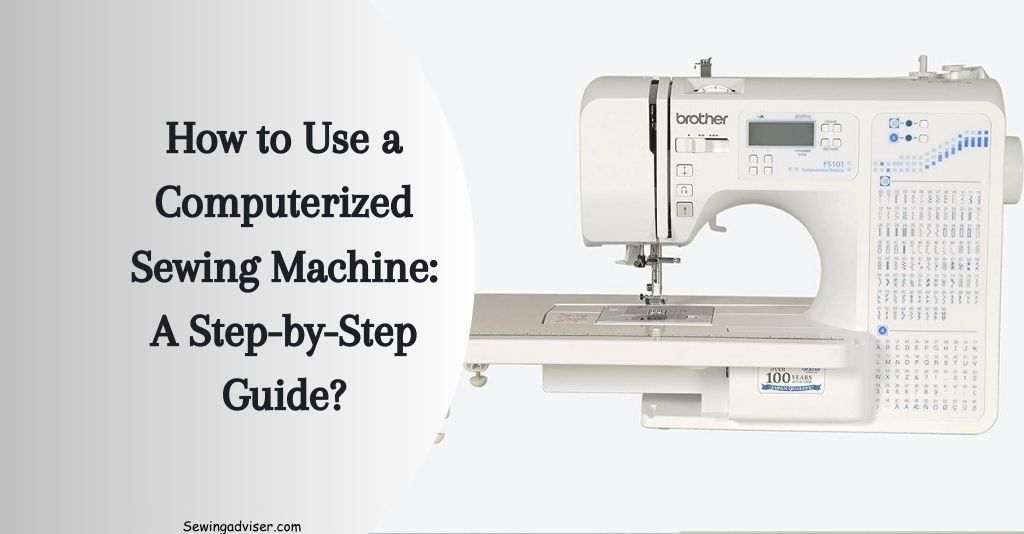
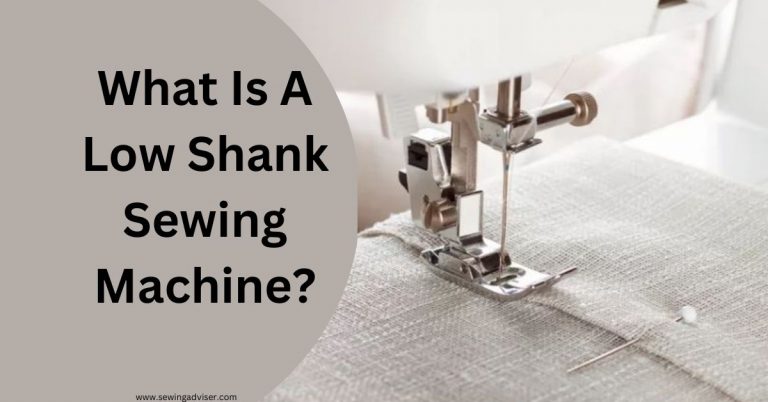

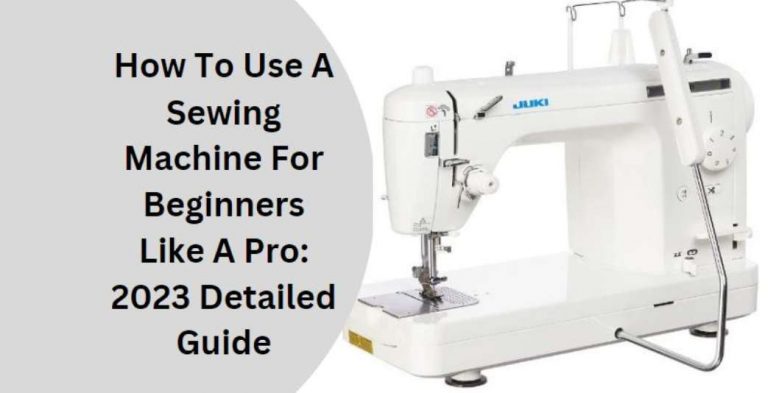
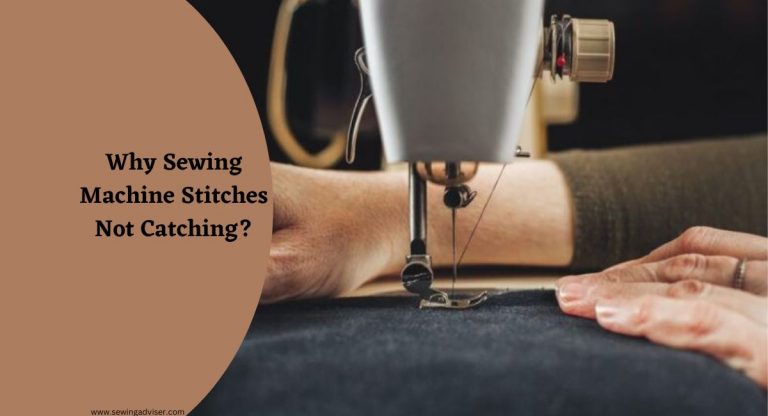

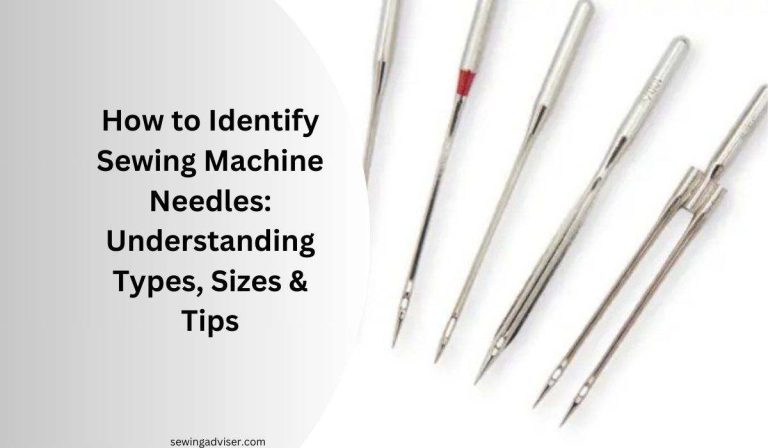
3 Comments